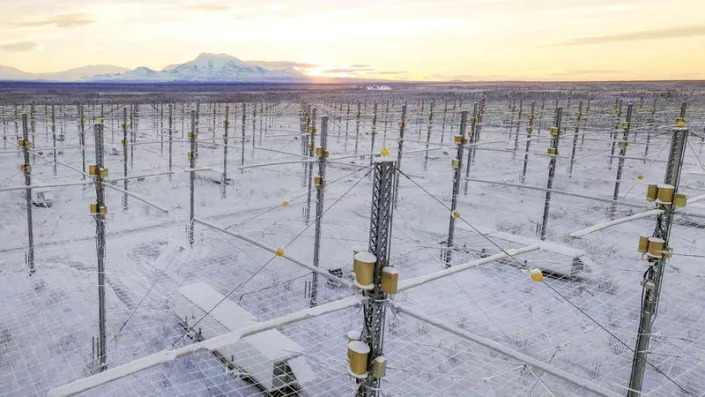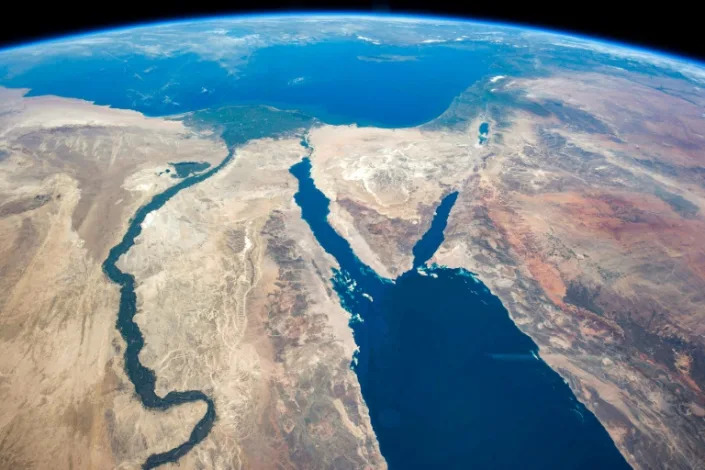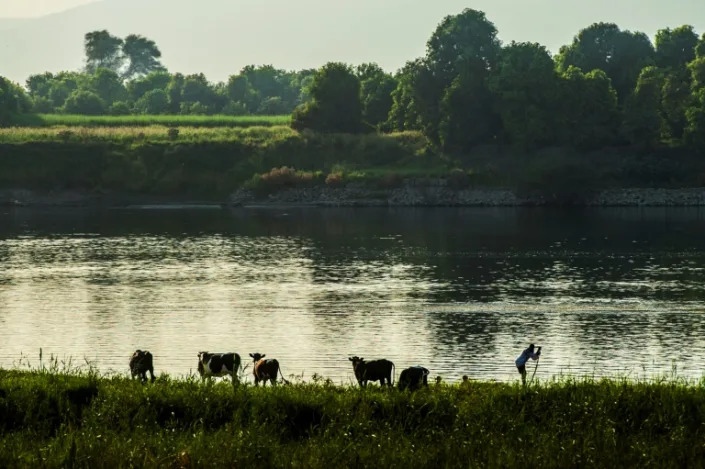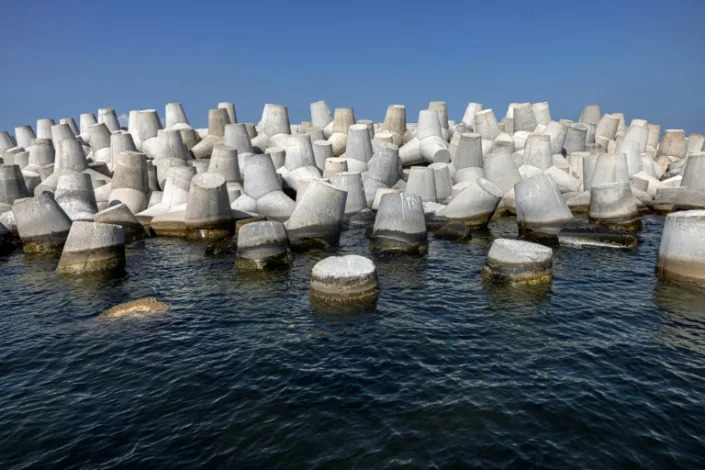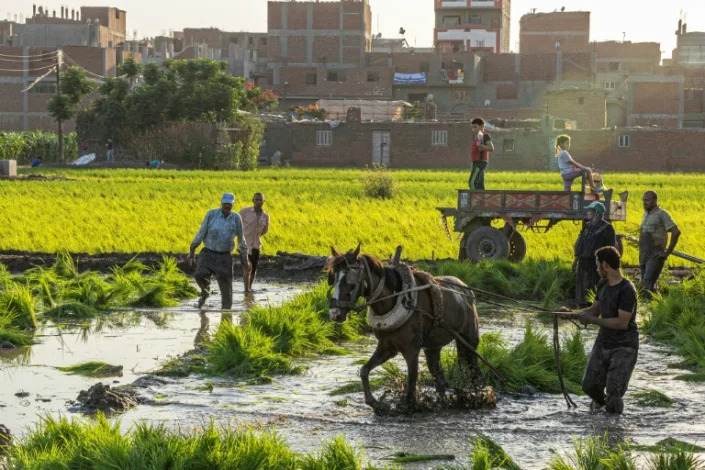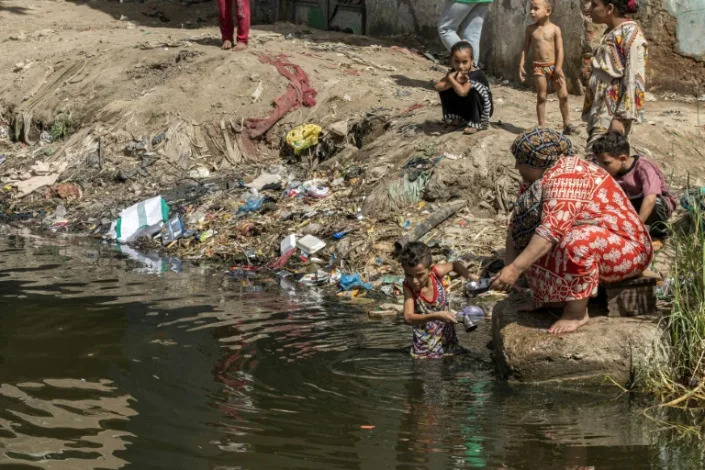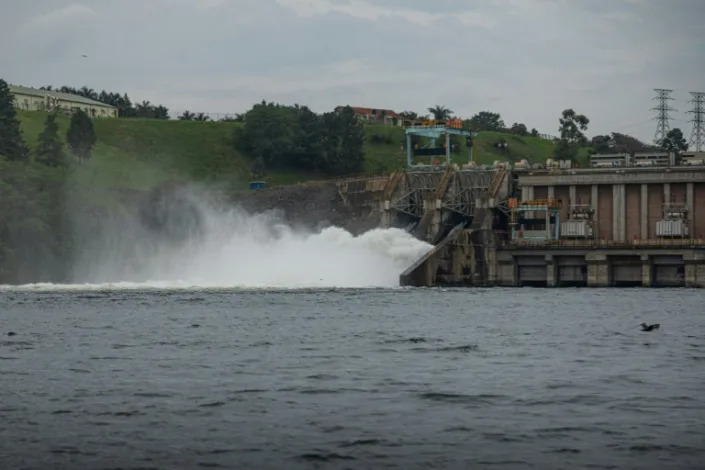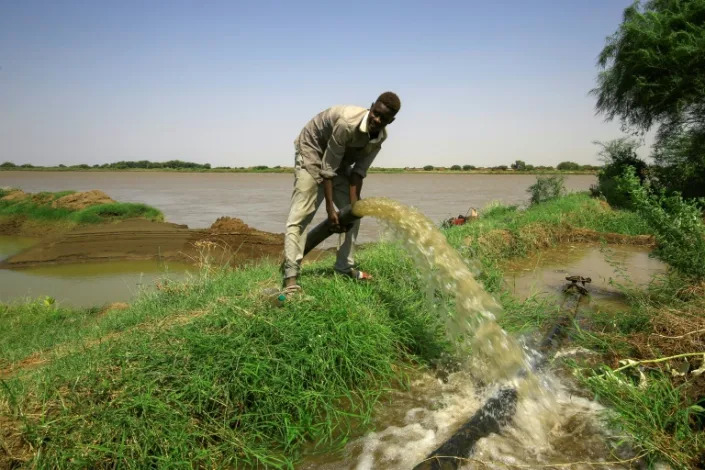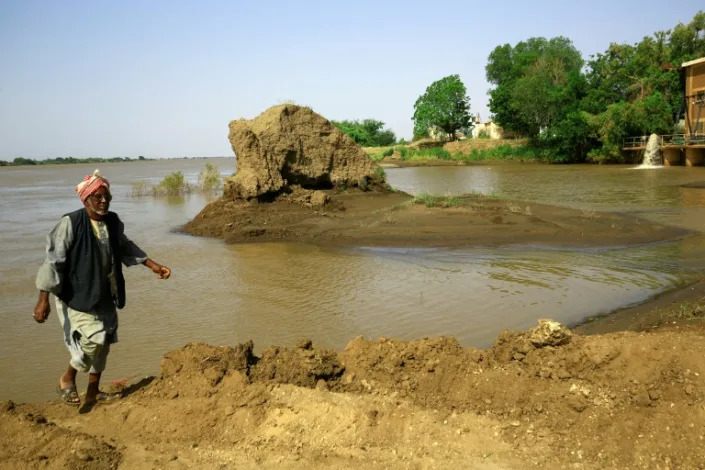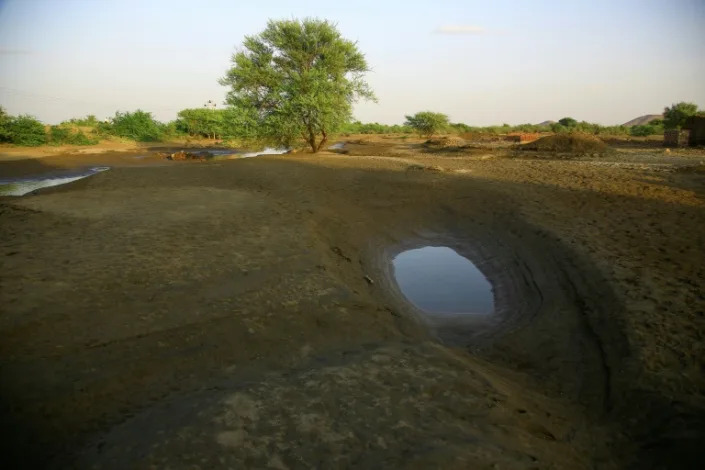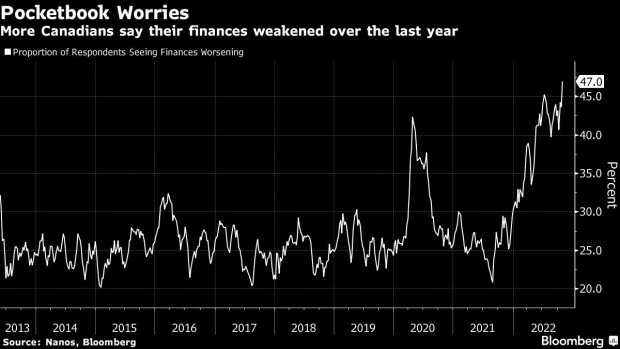Marine Scientist Almost Dives into Shark’s Mouth in Viral Video
Ocean Ramsey, a marine conservationist, says she's been swimming with sharks for so long, it feels like she's grown up with some of them.
So when Queen Nikki, a 16-foot tiger shark, jumped out of the water and bit at Ramsey's fins in a now viral video, the shark scientist laughed and greeted her by saying, "Hi Nikki! Aww..."
"I love that tiger shark," Ramsey told TODAY. "I grew up with that tiger shark, I think we were teenagers at the same time. And so I’ve known her for over 20 years."
Ramsey described the incident that occurred in Hawaii last week in an interview with TODAY, saying she went into the water too fast and Nikki "totally reacted to that."
"I saw her and she was she was close enough, with enough speed, that it looked like she was actually going at maybe my fin tips," Ramsey said. "There (were) a bunch of little schooling fish under, so I could see her speed and I knew that I needed to back off in that moment."
Ramsey waited for a few seconds before diving into the water, as she does nearly every day as part of her work in shark research and conservation. She also takes regular people into the water to help educate them about shark behavior.
"It’s just, like, 'That's Nikki,' you know, Queen Nikki, and she's such a fun and interactive shark," she said. "We were actually really excited for that moment. And I was just so excited to see her."
The shark scientist said she just wants people to know that sharks deserve respect.
"They are wild animals," Ramsey said. "They are apex predators, but they’re not monsters. And that’s what I want to make sure it doesn’t come across."
This article was originally published on TODAY.com



